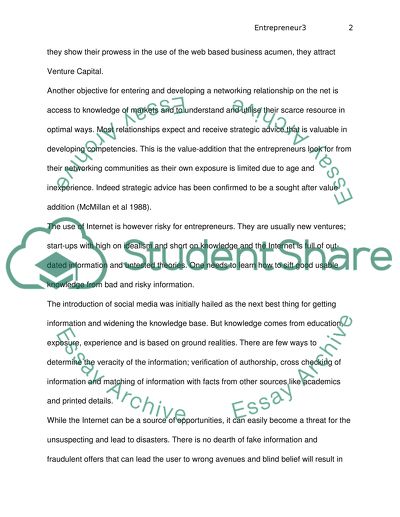Cite this document
(“Entrepreneurship and Business Management (III) Essay”, n.d.)
Entrepreneurship and Business Management (III) Essay. Retrieved from https://studentshare.org/miscellaneous/1547854-entrepreneurship-and-business-management-iii
Entrepreneurship and Business Management (III) Essay. Retrieved from https://studentshare.org/miscellaneous/1547854-entrepreneurship-and-business-management-iii
(Entrepreneurship and Business Management (III) Essay)
Entrepreneurship and Business Management (III) Essay. https://studentshare.org/miscellaneous/1547854-entrepreneurship-and-business-management-iii.
Entrepreneurship and Business Management (III) Essay. https://studentshare.org/miscellaneous/1547854-entrepreneurship-and-business-management-iii.
“Entrepreneurship and Business Management (III) Essay”, n.d. https://studentshare.org/miscellaneous/1547854-entrepreneurship-and-business-management-iii.


